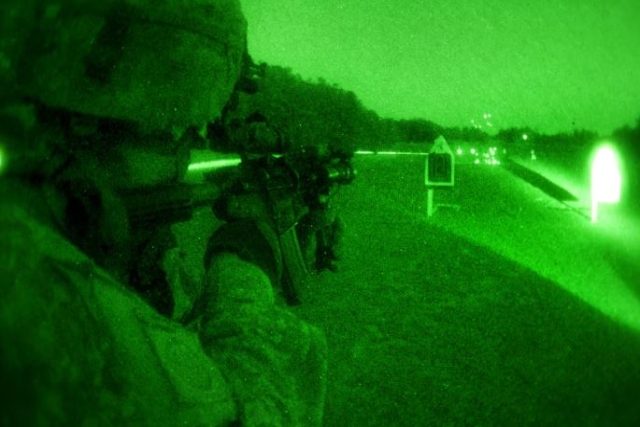U.S.A.F. Targets Laser Pointers for Aircraft Safety

A rising concern for the Office of Special Investigations (OSI) is the surge in laser pointer incidents jeopardizing Air Force aircraft, particularly during nighttime operations.
Laser pointers, typically associated with classroom presentations or pet entertainment, are increasingly disrupting flight operations and posing serious challenges to pilots. These "lazing incidents" are not only perilous but also criminal offenses, warns OSI.
Efficient real-time reporting and response from various agencies, both domestically and internationally, are pivotal in tackling these incidents. Perpetrators could face fines of up to $250,000 and a maximum of five years in prison, with the Federal Aviation Administration (FAA) authorized to impose civil penalties, including fines of up to $11,000 per violation and $30,800 for repeat offenses.
Officials stress seamless information sharing among pilots, command posts, OSI, and local law enforcement for swift incident responses. Precise identification of the laser's origin, ideally with geo-coordinates, is critical for actionability.
The impact of laser beams on pilots is akin to sudden disorientation caused by a camera flash in a dark car at night, leading to temporary blindness. This poses a significant risk during critical flight phases, potentially endangering aircraft and crew and posing threats to lives on the ground.
"These are not harmless pranks; they risk permanent visual impairment, severely affecting an individual's ability to see and function," warns an OSI Center official.
The FAA reports a notable surge in laser incidents in the United States, with a 41% increase in aircraft laser strikes in 2021 compared to the previous year. Since 2010, 244 injuries have been reported, underscoring the growing and widespread threat. The nearly 9,500 laser strikes reported to the FAA in 2022 highlight the gravity of this concern.
OSI Center officials stress the importance of public awareness and reporting. Witnesses are urged to promptly report such incidents, providing details about the individual, location, and event to both local law enforcement and OSI, irrespective of whether the targeted aircraft is military or civilian.









